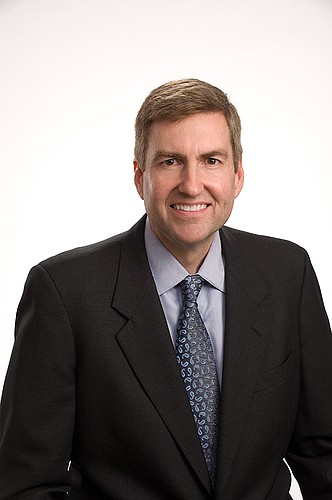- November 25, 2024
-
-
Loading

Loading

As the head of 50-year-old Sembler, Wheeler needs to both see and anticipate retail industry trends. Sembler has developed more than 330 projects totaling 27 million square feet, and it manages 12.5 million square feet. Here are excerpts from a recent interview during which Wheeler discussed what's next for the market.
How would you describe the state of the retail sector along the Gulf Coast?
Our occupancy the last couple of years has been steadily climbing, to 95% today. Residential development, meanwhile, is picking back up, which feeds demand for more retail. And while there's not much coming out of the ground right now, there's more planned than at any time since 2007. We're building two new centers, one in Pasco County anchored by Publix and another in Sarasota County, in North Port, with a Walmart. So it's a pretty positive outlook overall.
You recently returned from the annual International Convention of Shopping Centers' meeting in Las Vegas. What was the mood like there?
There was tremendous optimism; it felt like the early 2000s. We're seeing an enormous amount of capital come into the market, but there's still stratification. The best properties are trading higher, and lower tiered properties more appropriately. I'm hoping people don't get too optimistic as a result, though I know some will. But for now, lenders are being cautious, and most require between 20% and 25% equity.
What are the biggest trends on the horizon through 2016?
Health and beauty and wellness and fitness are big drivers. We're seeing a lot of clinics, gyms, salons, massage therapists and the like looking for space — things you can't get on the Internet. Restaurant openings also will continue to be huge.
Do you expect Sembler to continue to focus on community-oriented retail centers?
Our primary goal is to build grocery-anchored community centers in strong markets, as we have the past 50 years. And we see opportunities in power center-type deals, and in acquiring centers where we feel we can bring in our expertise and take a property up to our standards.
How much is e-commerce cutting into traditional, bricks-and-mortar retailing?
It's changed the type of tenants looking to go into centers, but mainly what we're seeing is the advent of omni-channel strategies where retailers integrate e-commerce sales with bricks and mortar, and they become complementary. There's still an advantage to touching and feeling what you're going to buy.
Traditional anchors like Walmart, Target, Publix, Best Buy and Bealls are reportedly developing smaller store concepts. Will that become the norm?
There's a lot of experimenting going on now. Publix has talked about a 20,000-square-foot format, which would be much smaller than their typical store, but they've not opened one. Their smallest stores measure 28,000 square feet now. The trend in power centers will likely be to smaller stores, too.
What's the implication for retailers and developers if consumer biforcation continues?
Discounters have been around for quite a while, and department stores have been declining for the past two decades. But as the economy continues to improve and the middle class does better, generally I think that will even out a little bit. A lot of retailers, meanwhile, are trying to treat millennials as a homogenous group, and they're not.
Mixed-use, lifestyle centers seem to have lost steam somewhat. Why?
They got hit hard like the rest of the retail sector, but they trade well from an investment perspective, so I think you'll see more of them going forward. Retail is always changing, and I think you'll see a lot of hybrid centers with non-traditional tenants in the future.